The city will modernize slaughter infrastructure, enforce licensing, and promote traceability to improve food safety and public hygiene.
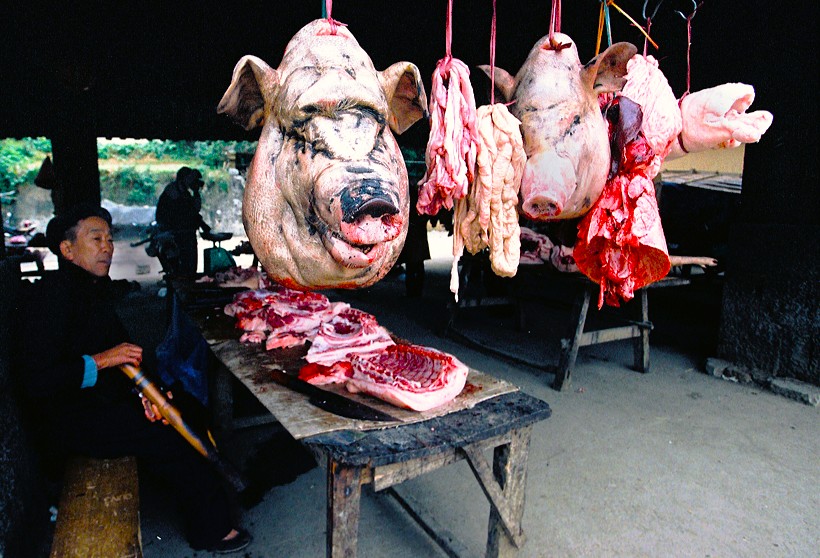
The Hanoi People’s Committee has launched a new plan to regulate the slaughter, transport, and trade of animals and animal products. The goal is to eliminate small-scale and unlicensed slaughterhouses operating in residential areas by 2030, improving food safety and public hygiene across the city.
Under the plan, local communes and wards are tasked with reviewing, cataloging, and reporting illegal slaughter facilities. These reports will help authorities propose solutions and ensure the closure of non-compliant operations.
By 2030, Hanoi aims to:
The city also plans to build, renovate, and upgrade centralized slaughterhouses to meet veterinary hygiene and traceability standards. It will strictly penalize the illegal transportation and sale of animals and animal products.
The plan will be rolled out in three phases:
To support implementation, the city will:
Coordinated implementation
The Department of Agriculture and Rural Development will coordinate with the Department of Natural Resources and Environment and other agencies to implement the plan comprehensively.
Authorities will also guide businesses and individuals in complying with regulations when investing in and operating centralized slaughter facilities.
Subscribe now to the technical pig magazine
AUTHORS
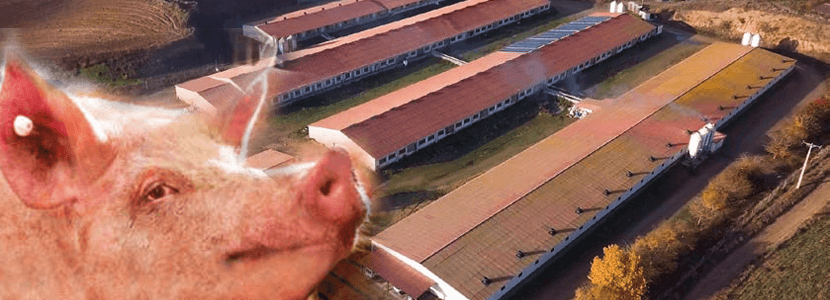
Bifet Gracia Farm & Nedap – Automated feeding in swine nurseries

The importance of Water on pig farms
Fernando Laguna Arán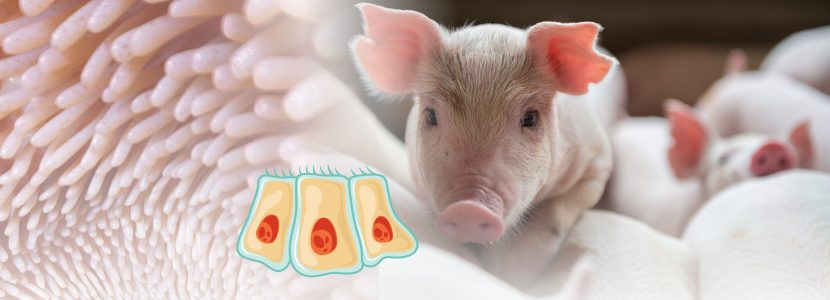
Microbiota & Intestinal Barrier Integrity – Keys to Piglet Health
Alberto Morillo Alujas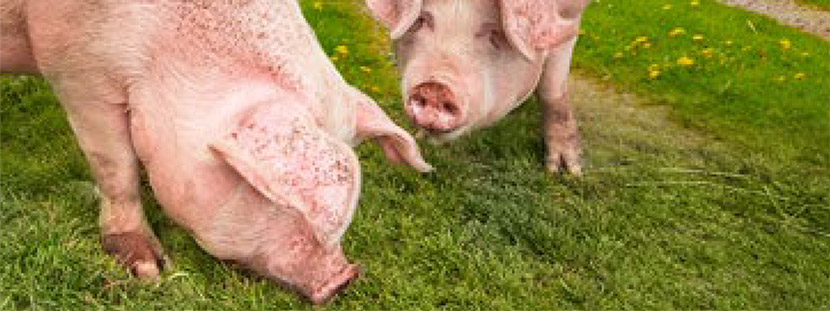
Impact of Reducing Antibiotic use, the Dutch experience
Ron Bergevoet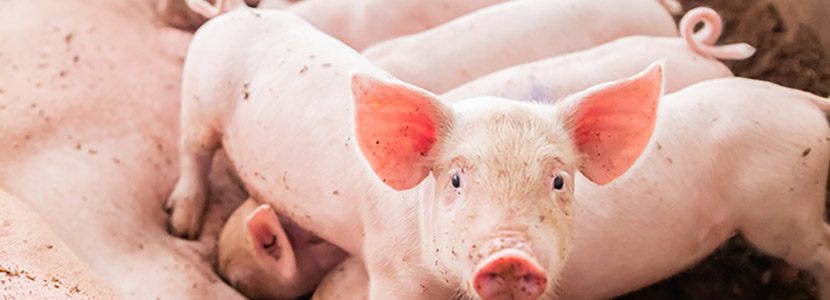
The keys to successful Lactation in hyperprolific sows
Mercedes Sebastián Lafuente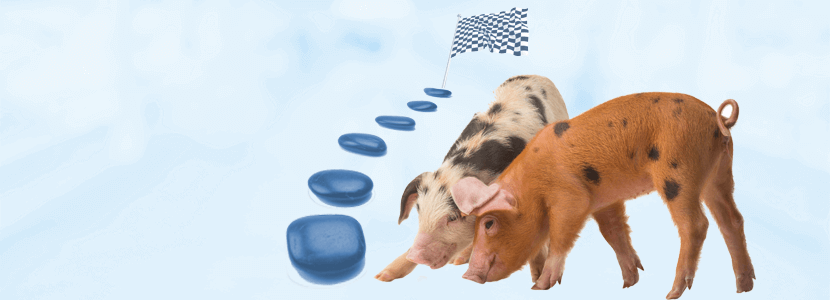
Addressing the challenge of Management in Transition
Víctor Fernández Segundo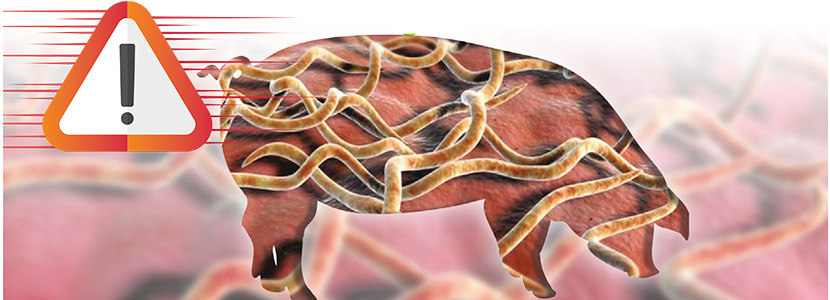
Dealing with the rise of Swine Dysentery
Roberto M. C. Guedes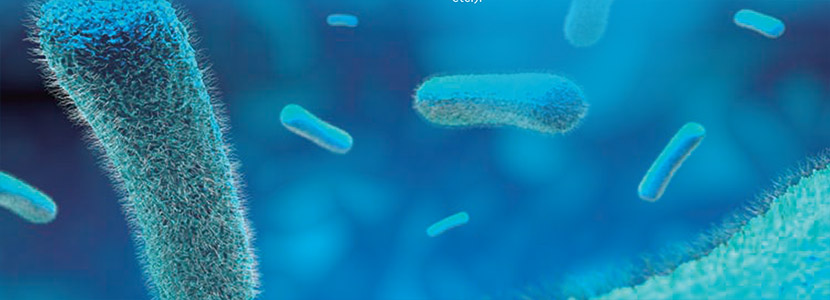
Actinobacillus pleuropneumoniae – What are we dealing with?
Marcelo Gottschalk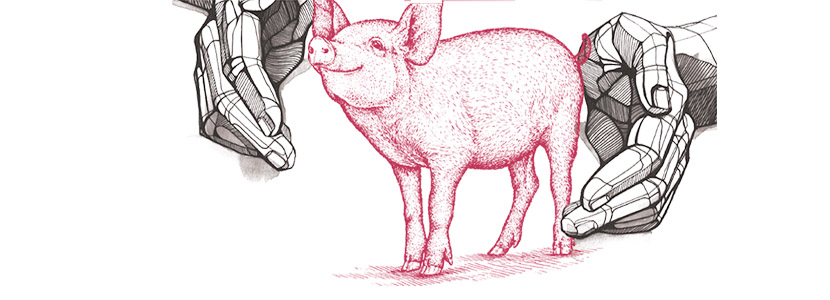
The new era of Animal Welfare in Pig Production – Are we ready?
Antonio Velarde
Gut health in piglets – What can we do to measure and improve it?
Alberto Morillo Alujas
Interview with Cristina Massot – Animal Health in Europe after April 2021
Cristina Massot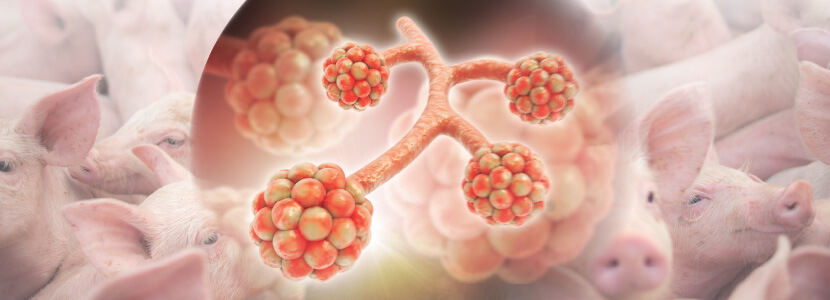
Differential diagnosis of respiratory processes in pigs
Desirée Martín Jurado Gema Chacón Pérez